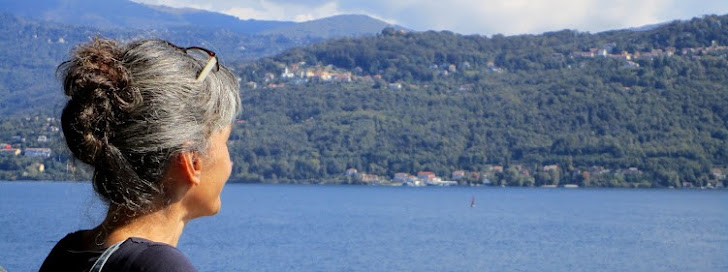- Pervasive & Trusted Network & Service Infrastructures
- Cognitive Systems, Interaction, Robotics
- Components, Systems, Engineering
- Digital Libraries and Content
- Towards Sustainable & Personalised Healthcare
- ICT for Mobility, Environmental Sustainability and Energy Efficiency
- ICT for Independent Living and Inclusion
Although they do not define it explicitly in the EU glossaries, saying only what the acronym means (information and communication technologies).
Results for
define: ICT are heterogeneous and do not offer help on the discussion of ICT
versus IT. This last one (IT) seems to me to simplify that communications, namely the infrastructures needed, are not acknowledge.
In Portugal the acronym TIC (ICT) is widely used and seems to be accepted as is. According to the
Glossário da Sociedade da Informação, da APDSI:
"tecnologias da informação, s.f.pl. [abrev. TI]
[en.] information technologies [abrev. IT]
[def.] Tecnologias necessárias para o processamento da informação ou, mais especificamente, o hardware e o software utilizados para converter, armazenar, proteger, tratar, transmitir e recuperar a informação, a partir de qualquer lugar e
em qualquer momento.
Nota: Embora nesta definição esteja incluída a componente de comunicação da informação, os desenvolvimentos actuais do multimédia e das telecomunicações, designadamente as redes de comp utadores e em especial a Internet, levaram à adopção generalizada do termo “tecnologias da informação e comunicação (TIC)”.
[v.tb.] tecnologias da informação e comunicação
tecnologias da informação e comunicação, s.f.pl. [abrev. TIC]
[en.] information and communication technologies [abrev. ICT]
[def.] Integração de métodos, processos de produção, hardware e software, com o objectivo de proporcionar a recolha, o processamento, a disseminação, a visualização e a utilização de informação, no interesse dos seus utilizadores.
[v.tb.] tecnologias da informação, telemática"
[Side note: recuperar discussão sobre um dos axiomas da comunicação «
One cannot not Communicate», from
Pragmatics of Human Communication: a study of interactional patterns, pathologies, and paradoxes (1967), Paul Watzlawick, Janet Helmick Beavin, & Don Jackson. A versão de que disponho é da Editora Cultrix, São Paulo, e a discussão deste axioma encontra-se nas pp. 44-47]
PS [13/Feb/2007] - While looking more deeply into ICT indicators (since i need them for SINCT project) came across this definition from the ITU
Core ICT Indicators:
"It should be noted that this definition results in a broad interpretation of an ICT good and therefore an extensive classification. For output purposes, it is suggested that detailed categories be aggregated into the five broad categories recommended in the OECD paper, that is, telecommunications equipment, computer and related equipment, electronic components, audio and video equipment and other ICT goods.
It should also be noted that software products (including packaged software) are not included in this classification." (p. 42)
So, according to this document, ICT can be further explored in «goods» and «services»
From the OECD
Guide to Measuring the Information Society (ver questionário pp. 116-129):
"(...) ICTs are general purpose technologies that can be used for a broad range of everyday activities." (p.11)
"“ICT goods must either be intended to fulfil the function of information processing and communication by electronic means, including transmission and display, or use electronic processing to detect, measure and/or record physical phenomena, or to control a physical process” (pp.88-89)

